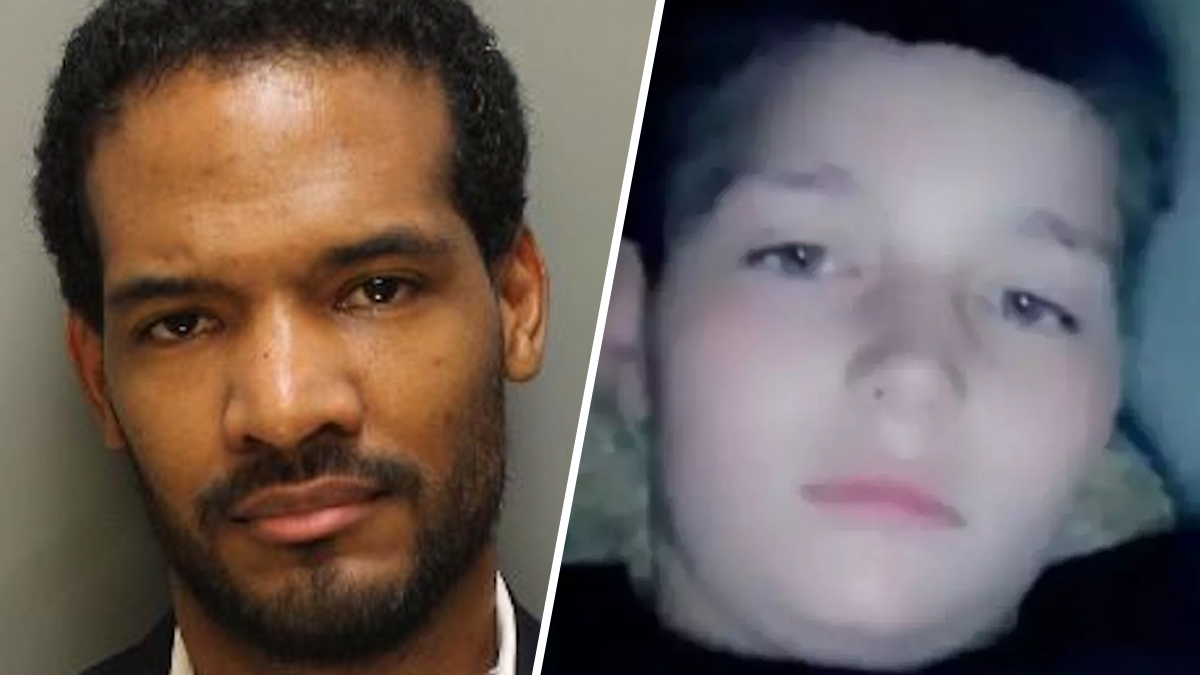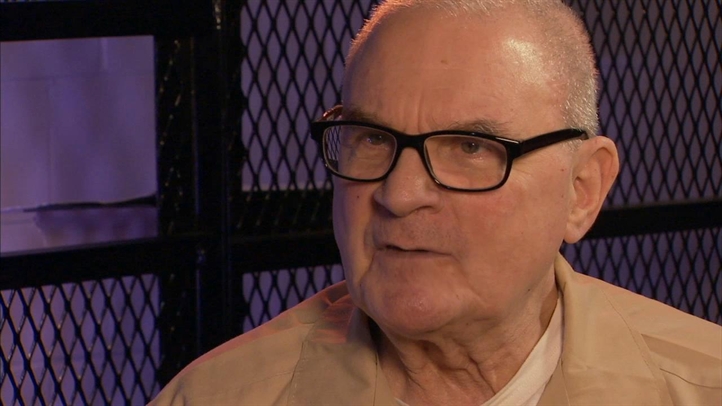On a beautiful Tuesday morning last month, Kevin Wallace slowly rose toward the aqua-blue sky at the corner of Art Museum Drive and the Benjamin Franklin Parkway diagonal from Eakins Oval. The burly technician guided the van-mounted cherry picker east to bring him eye level to a brown street pole.
Sliding metal radio receivers into pole-mounted racks and connecting fiber optic wires, Wallace installed some of the last pieces of equipment needed to complete a new cellular antenna system designed to flood the area with radio waves.
Wallace was one of 100 people working on the parkway that Tuesday racing to get the installation, called an Outdoor Distributed Antenna System or 'oDAS', up and running to provide expanded high-speed 4G LTE voice and data service along the grand avenue.
It's a network designed to (hopefully) keep 1.5 million of Pope Francis' pilgrims in contact with their families and social networks during his September visit — a daunting task.
The sheer number of people crammed into the confined area and data-hungry wireless habits of event attendees has wireless carriers beefing up coverage to ensure people can stay connected.
"That's a massive amount of people in the same place at the same time using their smartphone and tablet and that means it's a challenge, and we openly say that it is, but we're giving this challenge everything we've got," said AT&T spokeswoman Brandy Bell-Truskey.
AT&T and Verizon shelled out $42 million to make temporary and permanent upgrades around the region ahead of the papal visit. Both are leasing space on the parkway oDAS network and bringing in mobile cell towers called COWs (cells on wheels) to boost capacity.
Local
Breaking news and the stories that matter to your neighborhood.
Randall Miller, executive director of Verizon Wireless' local network operations, said engineers have been working to predict usage since the World Meeting of Families was announced in 2014.
"We'll use past models like Super Bowl events across the country or events on the Washington Mall like the presidential inauguration ... or New York City's Times Square for New Year's Eve celebrations," Miller said. "Those are all good starting points to give us what's going on and what we need to do to deploy capacity for this size."
During the 2015 Super Bowl in Glendale, Arizona, 70,000-plus attendees used more than 6 terabytes of data over wireless networks — the equivalent of posting 18 million photos to Instagram over just a few hours. Twenty-one times the people are expected to flood the parkway when Pope Francis celebrates Mass on September 27.
Adding to the unknown: when a large number of people will use the network. Traffic peaks during key points in an event or when something unexpected happens — something that's almost impossible to plan for.
"There are three wireless carriers that are trying to saturate the area with as much coverage as possible," said Mike Kavanagh, president of DAS Operations for Crown Castle. The telecommunications wholesaler designed and installed the oDAS system and carriers lease access for their customers.
The parkway oDAS array, described by Crown Castle employees as one-of-a-kind, is designed to relieve intense pressure a crush of people can inflict on wireless networks. It distributes 37 mini-cell towers — like Wi-Fi hot spots on steroids — along the parkway from the Cathedral Basilica of Sts. Peter and Paul to the Philadelphia Museum of Art. Each tower is low to the ground bringing access closer to the cellular user.
"We're trying to limit the interference and to do that you gotta get lower to the ground," Kavanagh said. The system's first big test will be the two-day Made in America festival. A fraction of the people expected for the papal visit will attend the concert, however — only 50,000 a day. The parkway system is permanent and will join a similar oDAS array installed across Center City.
The carriers aren't putting all their eggs in one basket, though. AT&T installed a new permanent cell tower at 23rd and Race streets. The temporary COWs they're deploying will feature nine cellular beams — an upgrade from one when used under normal circumstances.
"These antennas are able to better serve a crowd by dividing it into sections, each with its own dedicated antenna beam," Bell-Truskey said. "The increased beams help to improve customers’ mobile experience by using cellular resources more efficiently."
Realizing the masses will be roaming the city and attending events in other venues like the Pennsylvania Convention Center, where the World Meeting of Families conference is being held, Verizon installed indoor cell sites and has taken a look at cell capacity on SEPTA's rail lines. They're also providing a secured network for the U.S. Secret Service, details of which, Miller declined to expand on.
Standing in Logan Circle, he said, "We're not just focused on the immediate event down here, but the Greater Philadelphia area as a whole."
While Pope Francis' visit was the catalyst for the added infrastructure, most of the upgrades are permanent meaning city residents can expect to reap the benefits with better service long after the papal visitors leave.
Contact Vince Lattanzio at 610.668.5532, vince.lattanzio@nbcuni.com or follow @VinceLattanzio on Twitter and Facebook.



